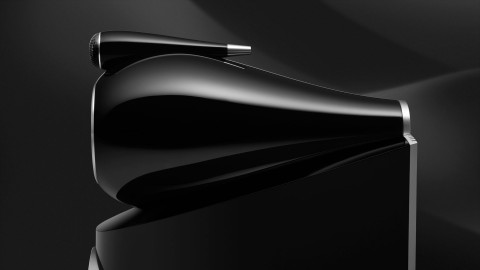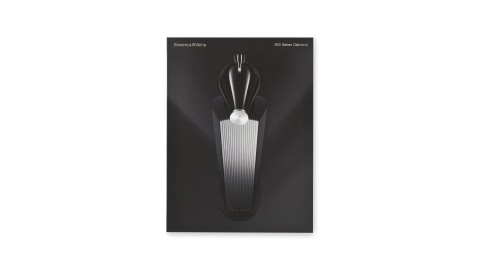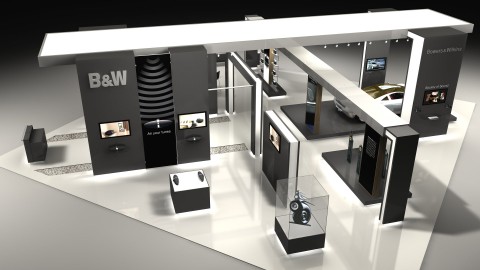Bowers & Wilkins, Technology marks
A series of marks was designed to represent some of the most important technologies developed by Bowers & Wilkins' “University of Sound”.
The Nautilus mark depicts the distinctive configuration of tapered pipes in the Nautilus loudspeaker.
The Matrix mark is a stylised version of Bowers & Wilkins' remarkable cabinet bracing.
The Flowport mark is a dimple, derived from the golf-ball structure that inspired this bass port technology. The dimples on a golf ball make it go further and more smoothly; the dimples on the port have a similar effect on the airflow in and out of the loudspeaker cabinet.
The Prism mark makes a cone part of the letter “p”, reflecting how some Bowers & Wilkins speakers incorporate acoustic cones to cut down reverberation inside the cabinet.







